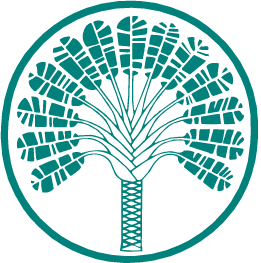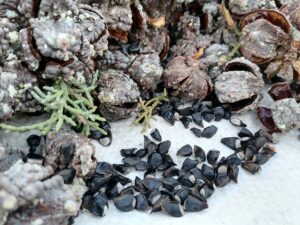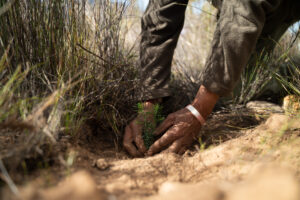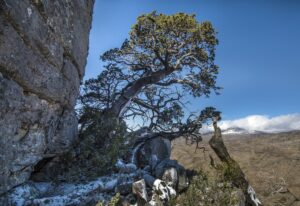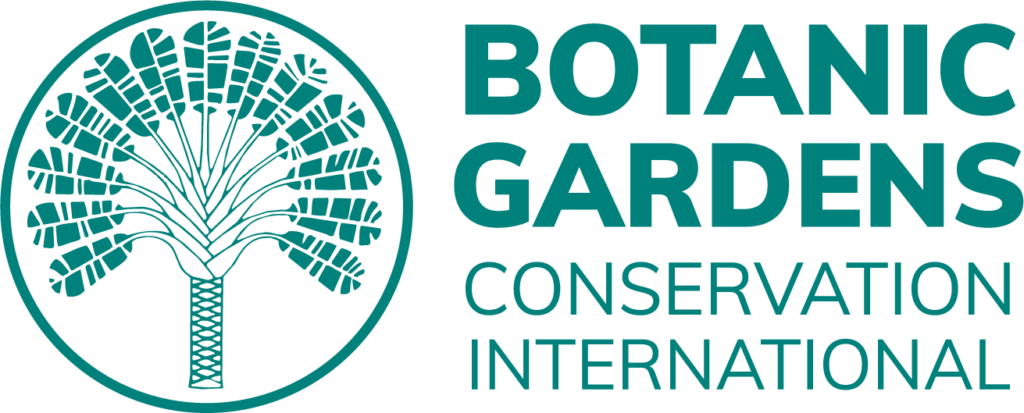- Species
- Widdringtonia cedarbergensis (Widdringtonia wallichi)
Widdringtonia cedarbergensis (Widdringtonia wallichi)

Where is this tree found?
The Clanwilliam cedar is confined to an area of approximately 250 km² in the Cederberg Mountains, about 240 km north of Cape Town. The altitude at which the species occur is roughly from 800 to 1,500 meters above sea level, in rocky sandstone terrain.
Why save this tree?
The main project purpose is to actively re-establish the critically endangered Clanwilliam cedar tree in the Cederberg Mountain region of the Western Cape to a point where the species may be self-sustainable again.
The species numbers are decreasing due to the low recruitment rate, seed predation, rising temperature, and high fire frequency and intensity.
The species is critically endangered and are on the brink of extinction after decades of unsustainable harvesting and exploitation for their beautiful, long-lasting, fragrant timber, and from too frequent veld fires, that led to a reduction of up to 95%.
Increased temperature caused by climate change is another factor in the decline of trees: most of the Clanwilliam cedar trees on the lower parts of the mountains have died out. The expansion of invasive species has also increased frequency and intensity of fires, preventing natural regeneration. Surviving trees are restricted to rocky ridges, ledges, and outcrops mostly beyond reach of the flames. Natural regeneration is also hampered by native rodents.
How to save this species
To combat some of these issues, selective planting of seedlings/saplings is needed in ideal areas within the natural range of the species. Higher numbers of mature young trees over larger areas may lead to better genetic mixing and higher number of viable seeds. A larger seed bank in the environment may also saturate the need by rodents, whereby more seeds may have a chance of growth and survival.
Main activities will be:
- Establish a well-managed main nursery for the propagation of the Clanwilliam cedar seedlings and supply of material for replanting back into the wild
- Collect seed, test viability and send to approved nurseries inside and outside the Cederberg (if one site fails, then there are back up sites)
- Planting in lower lying plantations. Investigate and implement (funding dependant) watering options especially during first 3 years. Possible use for harvest of essential oils.
- Planting is high lying areas as wild populations in select niche areas.
- Plant seedlings
- Habitat restoration and protection around identified key plantation populations (Including alien clearing and firebreak management).
- Establish and implement monitoring programme
Besides biodiversity enhancement, the project is also focussed on local social and economic development, youth involvement, environmental education, tourism-based opportunities, and research opportunities.
A systematic, cost-effective, and rational approach
- Develop a Cedar Tree Restoration and Implementation Plan
- Collect seeds, set up propagation trials
- Propagation of seedlings and growing of saplings
- Alien cleaning and fireback cutting in area surrounding tree plantation
- Plant seedlings, monitoring of seedlings planted and threats mitigation
- Awareness raising & Capacity Building initiatives implemented
Partners for Widdringtonia cedarbergensis (Widdringtonia wallichi)

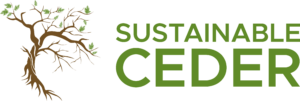
Sponsors for Widdringtonia cedarbergensis (Widdringtonia wallichi)


